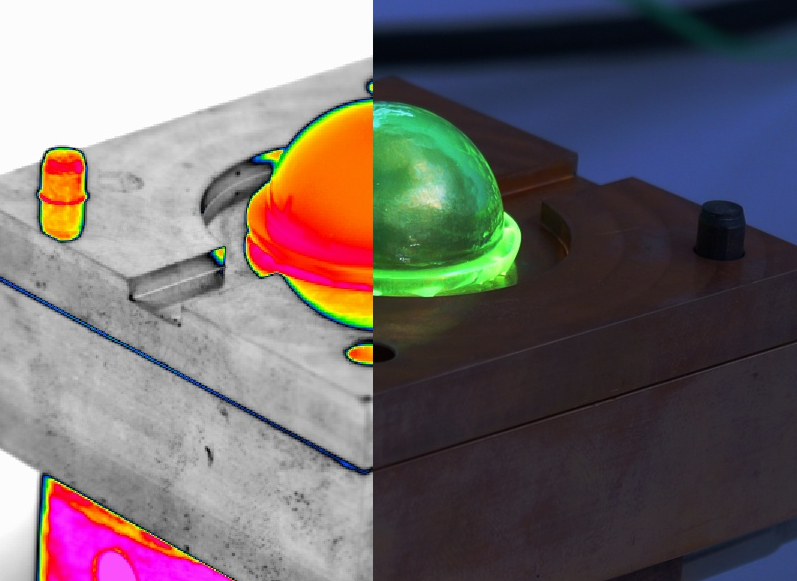The future of lighting belongs to light-emitting diodes (LEDs). Compared to conventional light bulbs and energy-saving lamps, modern high-performance LEDs offer advantages with regard to efficiency, compactness, life and environmental protection. However, in some of the white LEDs available commercially, the phosphor is gradually damaged by heat generated by high operating currents.
Phosphors based on lenses doped with rare earths are intended to increase the life of white light-emitting diodes and ensure long-term stable color impression. These luminescent lenses are characterized by increased chemical and thermal resistance. The right combination of LED and phosphor is decisive for further optimization of white-light LEDs. Terbium and europium in particular are very good for use in lighting. Under ultraviolet or blue light excitation, both have intensive emission in the green (Tb) and red (Eu) spectral range respectively. Thus, in this way, in the right combination with an LED, a white light impression can be set. Even at the high temperatures of 150 °C that occur during operation of an LED, their emission is intensive. The thermal stability of the glass-based phosphors developed in the Application Center is above that of the conventional yellow phosphor of white-light -LEDs, Ce:YAG.
An often ignored aspect of the thermal stress of LED phosphors is the heat developed within the phosphor itself. During the light conversion process, blue, energy-rich light of the primary LED is converted into lower-energy (for example yellow) light. The resulting energy difference (Stoke’s shift) changes into heat. The heat output during the conversion of blue light (450 nm) to yellow light (570 nm) is more than 20 percent of the irradiated light power. An infrared camera can be used for spatial and time-resolved recording of the heating of the phosphor surface. The thermography images can be used to calculate the total heat output released in the glass from the thermal power density in the glass.
